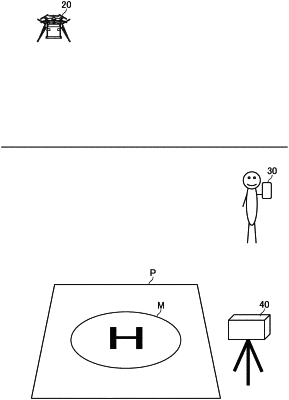| CPC G08G 5/0073 (2013.01) [B64C 39/024 (2013.01); G05D 1/0653 (2013.01); G05D 1/101 (2013.01); G08G 5/0069 (2013.01); B64U 2201/10 (2023.01); B64U 2201/20 (2023.01)] | 13 Claims |

|
1. An unmanned aerial vehicle control system, comprising at least one processor configured to:
detect an object existing at a location at which at least one of landing or takeoff of an unmanned aerial vehicle is to be performed;
identify a type of the object based on a result of detection;
restrict at least one of landing or takeoff of the unmanned aerial vehicle based on the identified type;
identify a positional relationship between the unmanned aerial vehicle during flight and the location;
transmit information that depends on the identified positional relationship to a transmission destination that depends on the positional relationship;
identify, as the positional relationship, a distance between the unmanned aerial vehicle during flight and the location,
transmit information that depends on the identified distance to a transmission destination that depends on the distance;
transmit first information to a first transmission destination when the distance has become smaller than a first threshold value; and
transmit second information to a second transmission destination when the distance has become smaller than a second threshold value, which is smaller than the first threshold value.
|